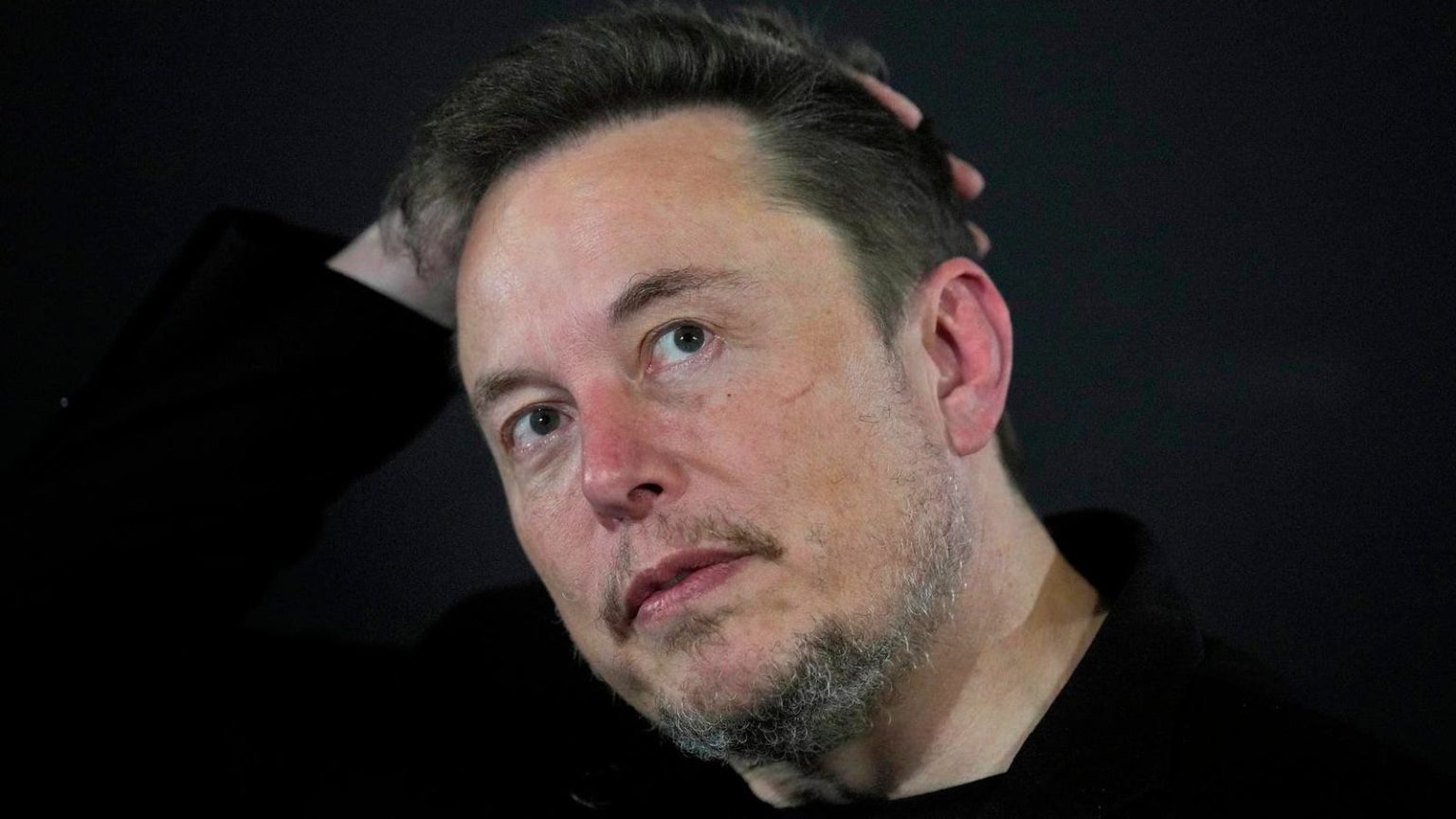Tesla CEO Elon Musk has announced plans to potentially start selling the company’s humanoid robot, Optimus, by the end of next year, with aspirations for it to eventually generate more revenue than Tesla’s cars. Musk’s ambitious claim has garnered skepticism from experts, who acknowledge the possibility but question the timeline and practicality of such a venture. While Optimus is expected to have factory applications by the end of the year and potentially a market release by 2025, the true utility and reliability of the robots remain uncertain.
Animesh Garg, an AI robotics professor, views Musk’s timeline as aggressive but achievable from a release standpoint, emphasizing the importance of the robot’s out-of-the-box capabilities. Jonathan Aitken, a roboticist, echoes these sentiments, stating that the success of Optimus relies heavily on the specific applications and functionality it offers. Christian Hubicki, a robotics professor, anticipates early demonstrations but highlights the difficulty of achieving widespread customer adoption within such a short timeframe, emphasizing the need for reliability in humanoid robots.
The development of humanoid robots raises questions about their practical use and real-world applications. These robots are uniquely suited for human-centric environments and tasks, offering the potential to perform work currently limited to humans or specific machinery. However, challenges remain in terms of reliability, control, and hardware fragility, posing hurdles to widespread adoption. As AI advances drive progress in the field, the key to success lies in generalizability and the ability of humanoids to perform a variety of tasks efficiently.
Experts caution against overestimating the potential of humanoid robots to overtake Tesla’s core products in terms of revenue. While Musk envisions a future where Optimus outshines the company’s automotive sector, industry insiders believe this scenario is unlikely in the near future. Humanoids lack a clear use case compared to emerging technologies like autonomous vehicles and are not expected to rival the automotive sector’s revenue within the next decade. Despite advancements in humanoid technology, the market for these robots remains complex and uncertain.
Critics, such as analyst Gordon Johnson, have dismissed Musk’s claims as unrealistic and potentially deceptive to investors. Johnson argues that Musk’s projections for Optimus lack credibility, pointing to the longstanding challenges faced by companies in the humanoid robot industry. While Musk’s net worth continues to soar, reaching an estimated $191.6 billion, skepticism remains about the feasibility of his grand vision for humanoid robots. With the global market for humanoid robots expected to reach $6 billion in the next decade, the future of Optimus and Tesla’s foray into robotics remains a topic of debate within the industry.


